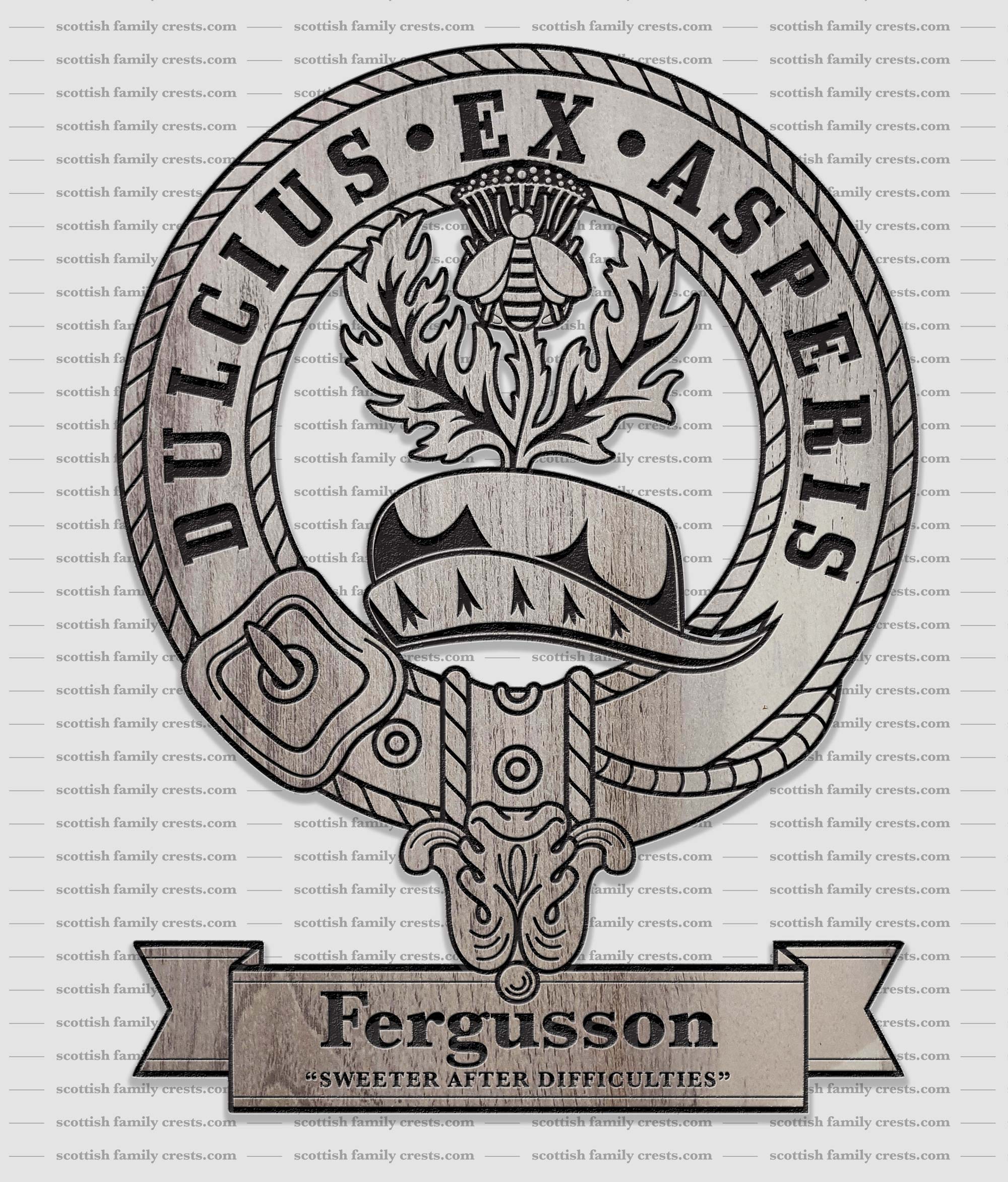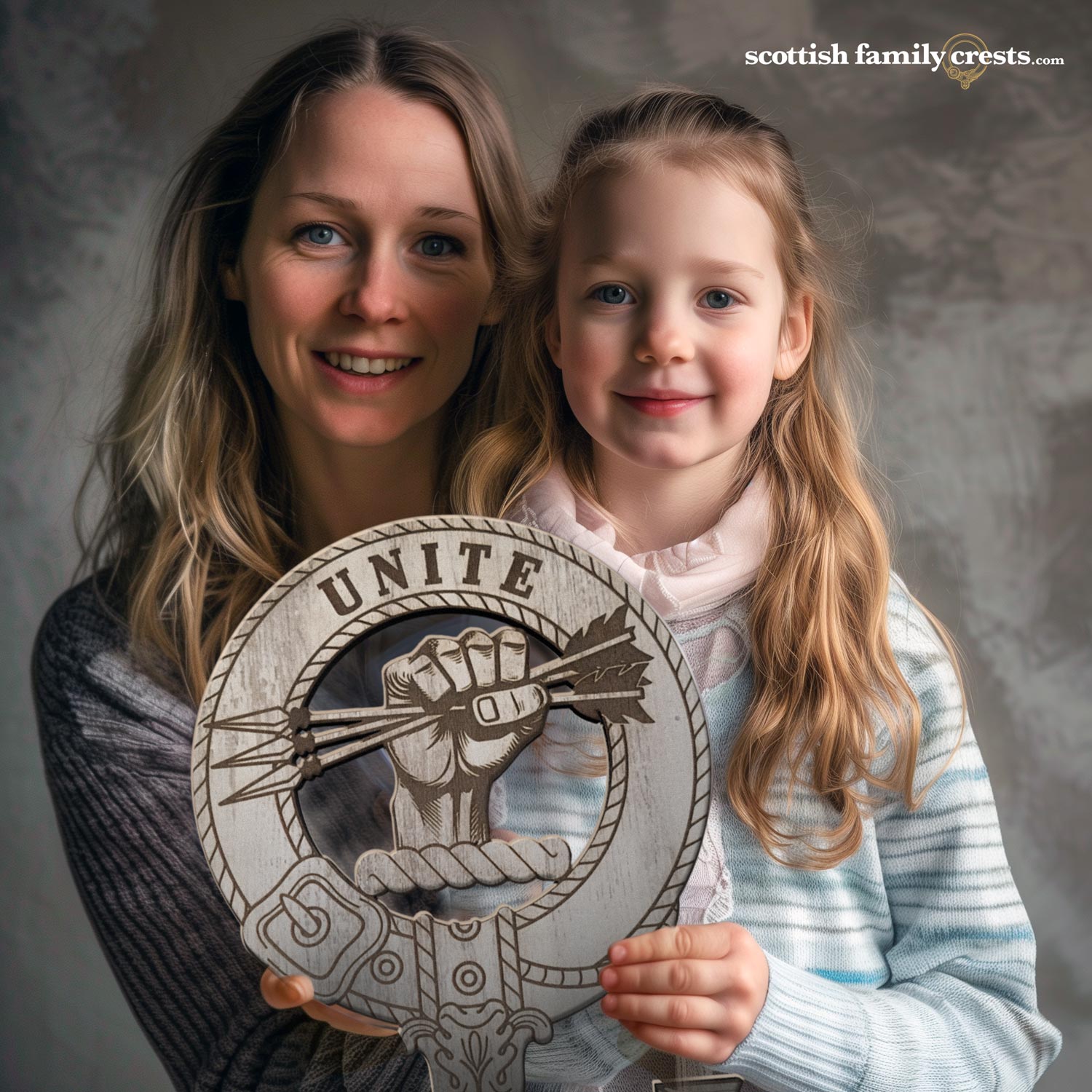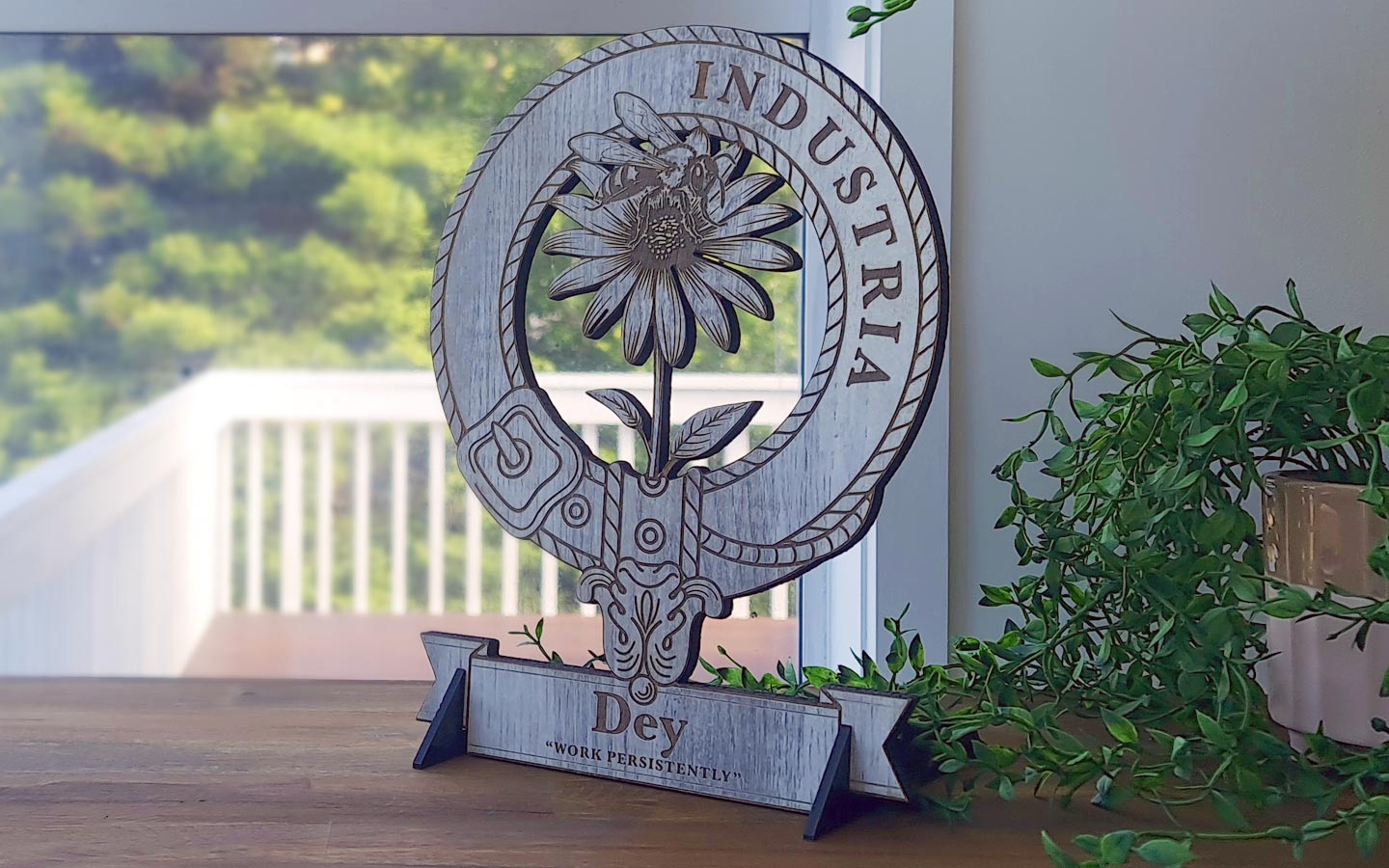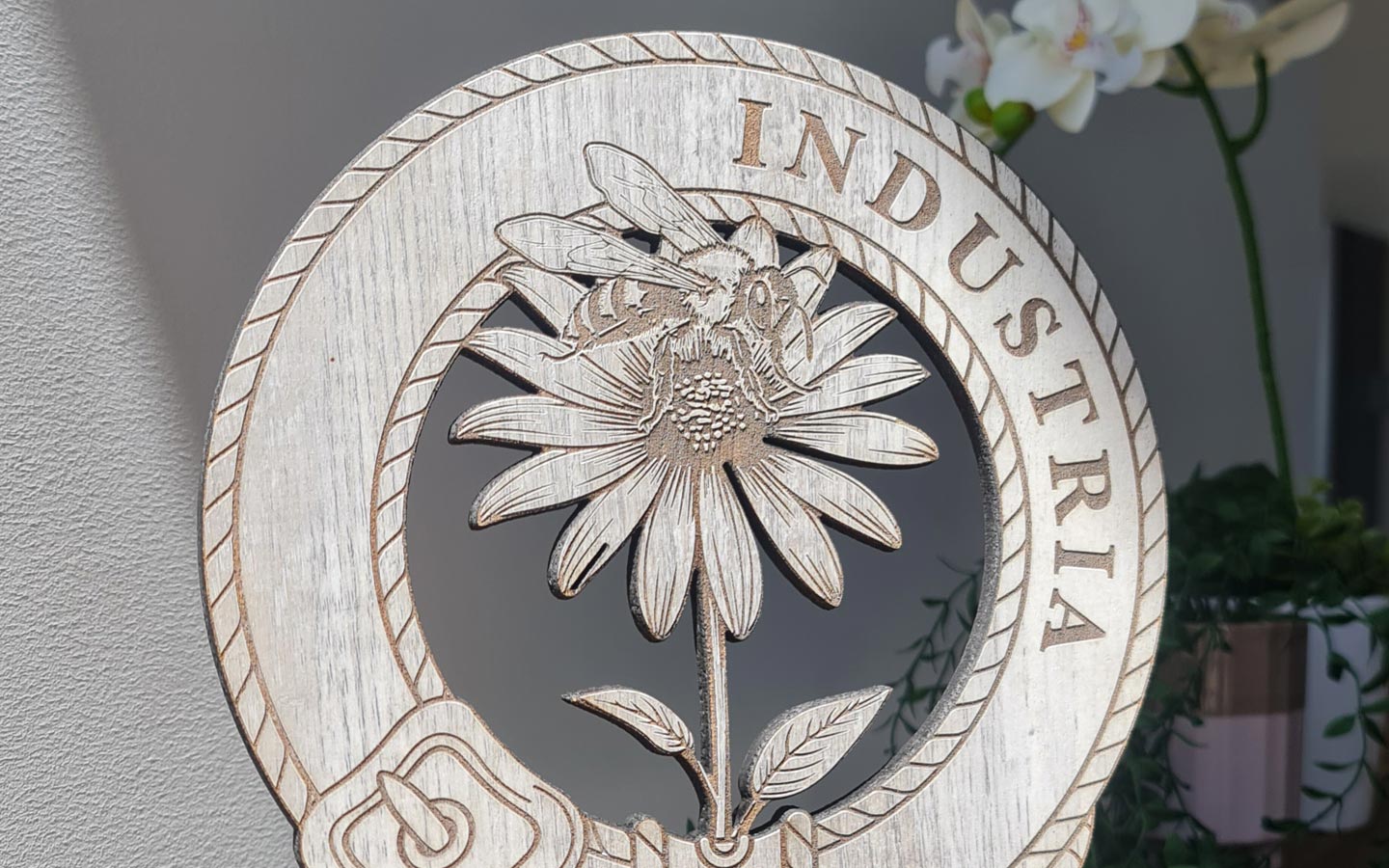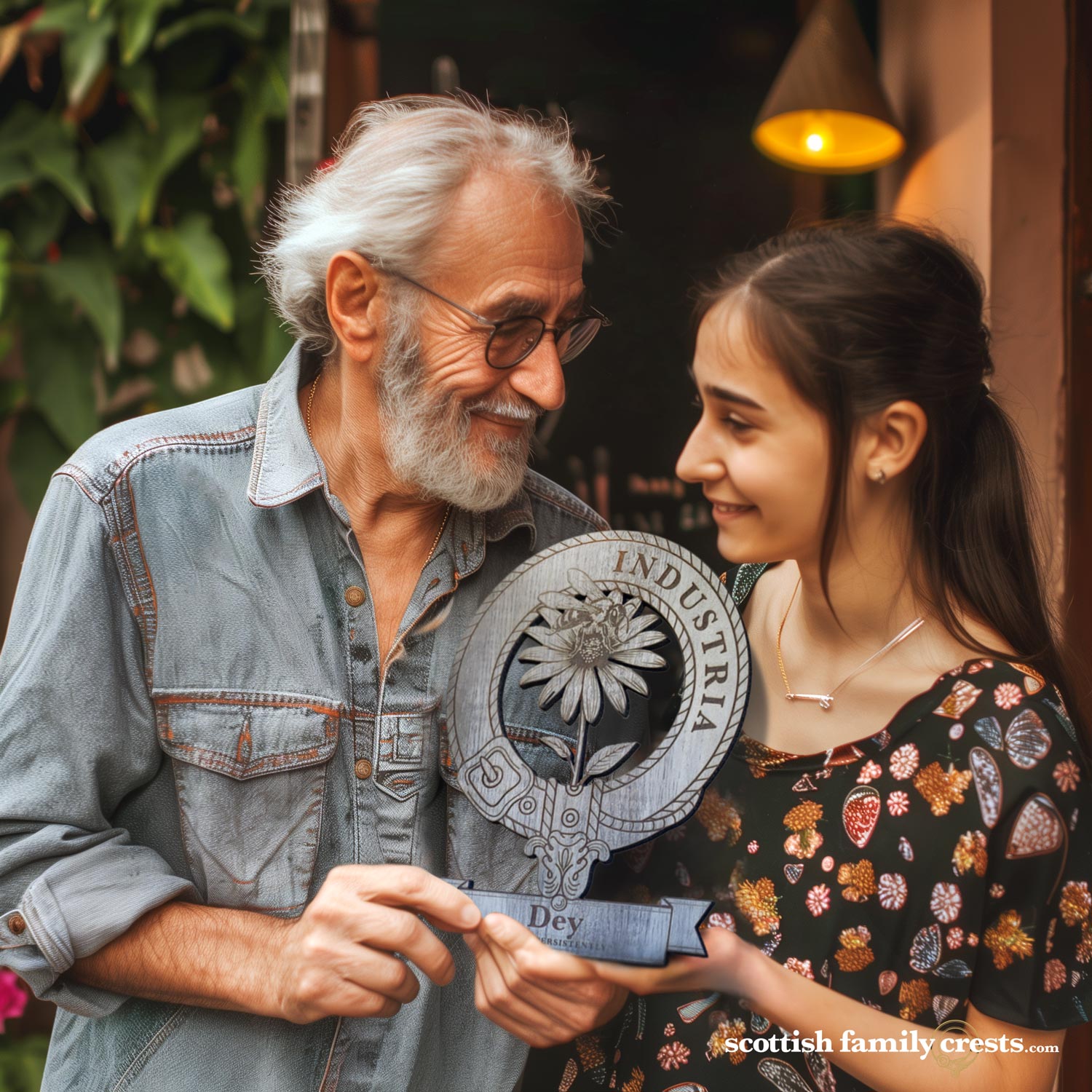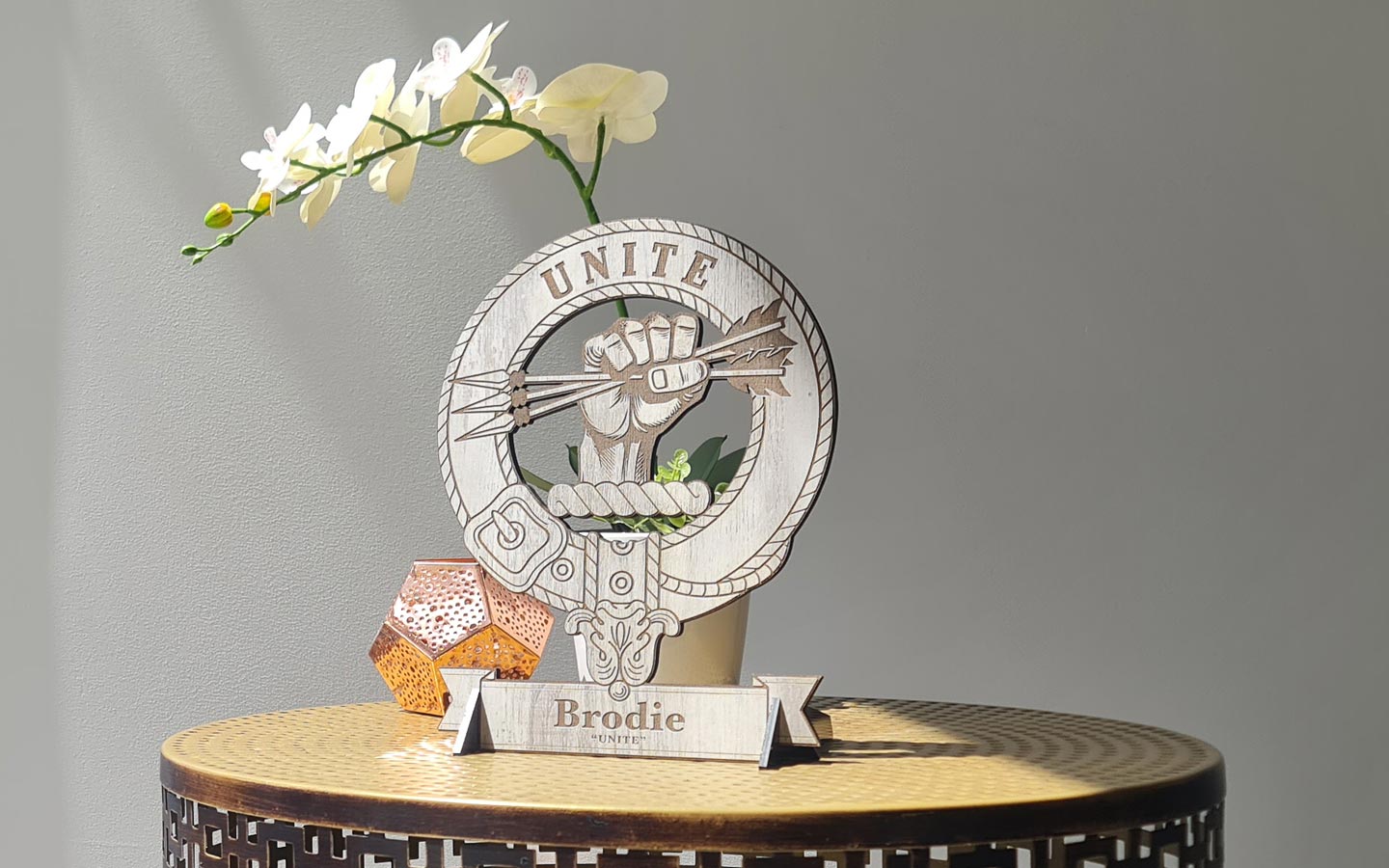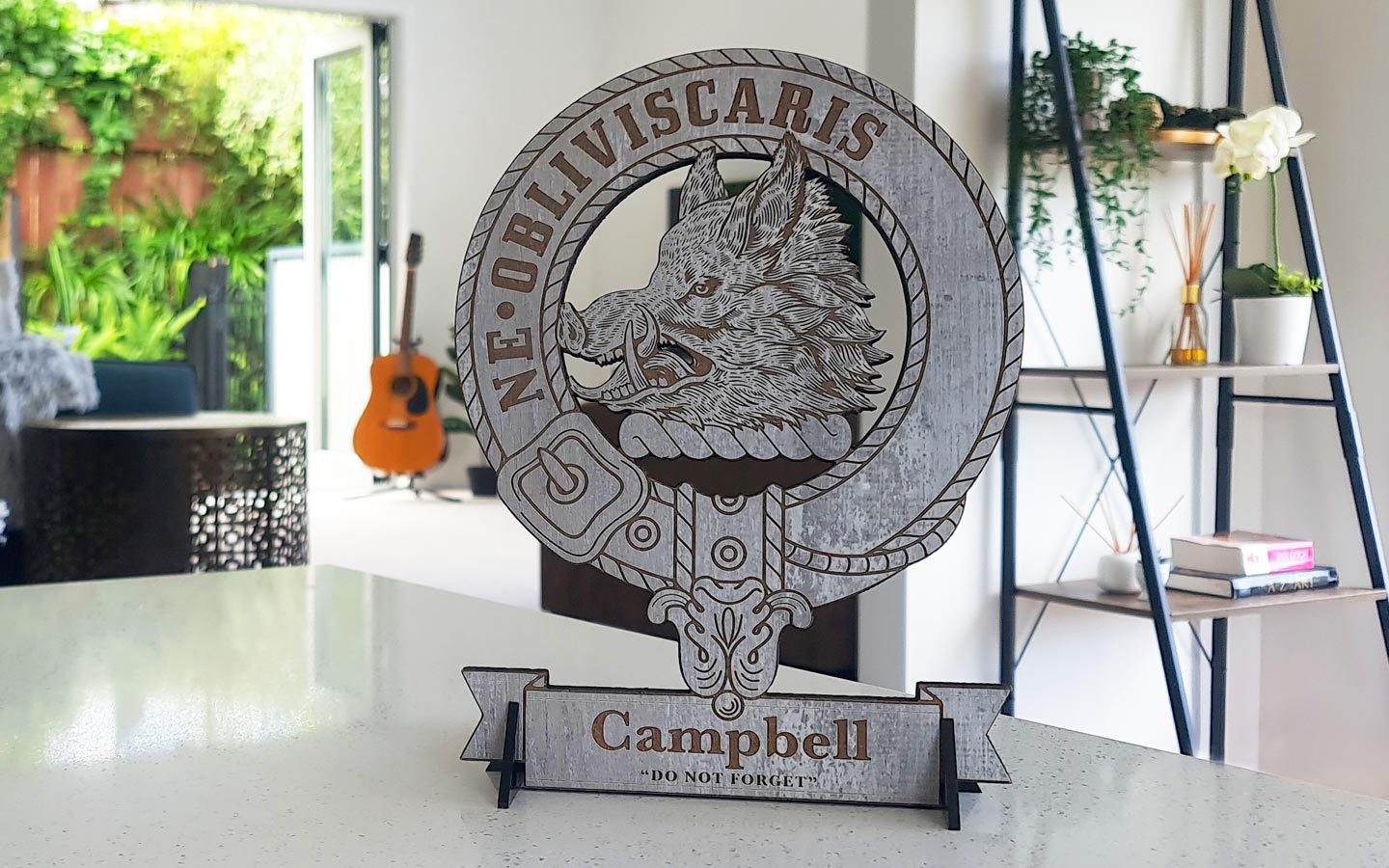The Ferguson Family History & Ancestry
Let me share with you the fascinating history of your family, the Fergusons. Our ancestors carried the Gaelic patronymic ‘MacFhaerghuis,’ which can be translated as either ‘son of the angry’ or ‘son of the bold and proud.’ Although many attempts have been made to trace a common ancestry among the various Ferguson families, there is little evidence to support this notion. However, your family’s story begins with the Argyllshire Fergusons, who claim descent from Fergus Mor mac Ere, an ancient king of the Scots of Dalriada.
Evidence suggests a connection between the Fergusons residing in Ayrshire and Dumfries and Fergus, Prince of Galloway, a significant figure during the reigns of David I and Malcolm I. Fergus played a vital role in the restoration of the church at Whithorn, the foundation of the abbey of Dundrennan, and passed away at the Abbey of Holyrood in 1161. The Fergusons held the lands of Kilkerran, likely from the 12th century, although the first definitive record appears in 1464 with John Fergusson of Kilkerran. It is possible that John was descended from John, son of Fergus, one of the witnesses to a charter of Edward Bruce signed shortly after the Battle of Bannockburn in 1314. By 1600, Fergusons were scattered across much of the southern part of Carrick, all recognizing Kilkerran as their chief.
During the Reformation, the Ayrshire Fergusons embraced the Protestant faith. Sir John Fergusson of Kilkerran, your ancestor, fought for the royalist cause during the War of the Three Kingdoms. His grandson was granted a Baronetcy of Nova Scotia in 1703. General Sir Charles Fergusson of Kilkerran, the 7th Baronet, served in the army for nearly forty years. His military career led him to Egypt in 1895 and later to the Sudan. In 1914, he held the distinction of being the youngest major general on the Army List. Sir Charles served throughout the First World War and went on to become a military governor of occupied German territory. He subsequently served as Governor General of New Zealand.
The Fergussons of Dunfallandy in Atholl likely have a separate lineage, but their heraldry designates them as cadets of the main house, with Kilkerran recognized as its head. They were passionate Jacobites who participated in both the uprisings of 1715 and 1745. After the Battle of Culloden, Dunfallandy himself was captured and narrowly escaped execution in Carlisle. General Archibald Fergusson of Dunfallandy served under the East India Company in India for many years. In 1812, he reconstructed Dunfallandy House, which remained the residence of his descendants until the late twentieth century. The Fergussons also had individuals of cultural significance, such as poet Robert Fergusson, who was greatly admired by Robert Burns.
The origins of the Fergusons trace back to Kintyre, and the name of the Clan Seat in Ayrshire, Kilkerran, is derived from St. Ciaran, one of the twelve apostles of Ireland who arrived in Dalruadhain in the 6th century. The Fergusons in Argyllshire claim descent from Fergus Mor mac Erc, King of Scots around 500. The Fergussons of Kilkerran in Ayrshire are descended from Fergus, Lord of Galloway, during the reigns of David I and Malcolm IV. The Fergussons of Craigdarroch in Dumfriesshire have a recorded history dating back to a charter from David II in the 14th century.
By the 13th century, the Ferguson name had spread widely throughout the Southwest of Scotland. Sir John Fergusson of Kilkerran, a staunch royalist, fought during the 17th-century Civil War, leading to significant debts on his estates. However, his grandson, also named Sir John, managed to restore the family’s fortune through a successful legal career, eventually becoming a Judge of the Supreme Court and assuming the legal honorarium of Lord Kilkerran.
Another branch of the family, the Fergussons of Dunfallandy near Pitlochry in Perthshire, were fervent Jacobite supporters, actively participating in both the uprisings of 1715 and 1745. Additional branches include the Fergussons of Pitfour, one of whom became a High Court Judge in 1763. Ronald Fergusson of Raith, situated near Kirkcaldy in Fife, served as a Member of Parliament for Leith Burghs from 1886 to 1914 before being appointed Governor General of Australia.
Within the realm of art and culture, the poet Robert Fergusson (1750-1774) garnered admiration from his contemporary Robert Burns, who erected a monument in his memory at Canongate Kirk in Edinburgh. Adam Ferguson (1723-1816) served as Chaplain to the Black Watch and held the position of Keeper of the Advocates Library in Edinburgh while pursuing extensive writing endeavors. Patrick Ferguson (1744-1780) distinguished himself as the inventor of the breach-loading rifle. Sir James Fergusson (1832-1907) served as Governor General of South Australia from 1868 to 1872, Governor General of New Zealand from 1872 to 1874, and held the position of Governor of Bombay from 1880 to 1885. J.D. Fergusson (1874-1961) achieved renown as a prominent painter based in Glasgow. Finally, Sir Bernard Fergusson, 1st Lord Ballantrae (1911-1980), served as Governor General of New Zealand from 1962 to 1967.
The Family Crest
Wherever in the world you live, embrace your family heritage and adorn your home with a timeless symbol of your family legacy with our crafted Family Crests.
Family Crest Motto: DULCIUS EX ASPERIS (sweeter after difficulties)
$150.00 Original price was: $150.00.$99.00Current price is: $99.00.
Copyright Notice: This artwork is protected by copyright law. Unauthorized reproduction, distribution, or usage of this artwork without explicit permission from ScottishFamilyCrest.com is strictly prohibited.

